
hotline:
17715390137
Tel/Wechat:
18101240246 (Technology)
0512-68565571
Email:mxenes@163.com (Sales Engineer)bkxc.bonnie@gmail.com
Scan the code to follow or search the official account on WeChat:
2D Materials Fronrier After paying attention,
click on the lower right corner to contact us,
Enter enterprise WeChat.
Professional Services Online



Due to the wide application range of wearable electronic devices,However, traditional supercapacitors have many disadvantages compared with other energy storage devices. Typical porous carbon-based electrodes require a non-electrochemical active binder such as PTFE or PVDF, conductive materials such as carbon black, and fluid collection (nickel foam), which inevitably increases the weight and volume of supercapacitors, further limiting their use in small or micro electrons. These additives can also cause side effects during charging and discharging, such as blocking the pores of the porous carbon electrode, reducing the conductivity of the electrode and reducing the specific surface area of activity. Therefore, the development of self-supporting electrodes with excellent electrical conductivity, good mechanical properties and high electrochemical activity is of great importance for the development of supercapacitors. MXenes, as a class of two-dimensional (2D) transition metal carbides and nitride, has been considered as a promising electrode material for flexible supercapacitors in recent years, mainly due to its advantages such as atomic layer thickness, excellent metal conductivity, good hydrophilicity and high REDOX activity. Compared with 2D graphene, MXenes is a class of extensible materials, and MXene contains not only covalent bonds, but also metal and ionic bonds, providing many advantages for its composite materials. In addition, MXene can be easily dispersed in water, which promotes the preparation of membranes.

Recently, Professor Xiaoyan Zhou of Nanjing Forestry University and Professor Pei Yang jointly published the title of Chemical Engineering Journal, an internationally renowned academic Journal: Research paper on Mxene (Ti3C2Tx)/ Cellulose nanofiber/ Porous carbon film as free-standing for ultrathin and flexible Supercapacitors. A kind of porous, conductive and flexible Mxene Ti3C2Tx/ Cellulose nanofiber (CNF)/PC composite film was prepared through strong interface contact during the process of vacuum filtration. The 3D PC electrode provides ample micropores for charge storage and considerable mesoporous/macropores for rapid ion diffusion.

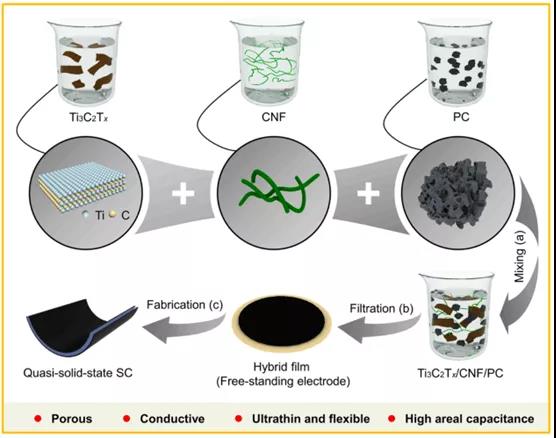
FIG. 1. The preparation process of Ti3C2Tx/CNF/PC composite membrane.
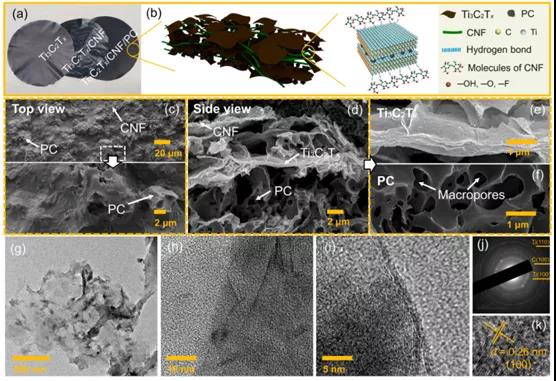
Figure 2. Morphology characterization of Ti3C2Tx/CNF/PC composite film.
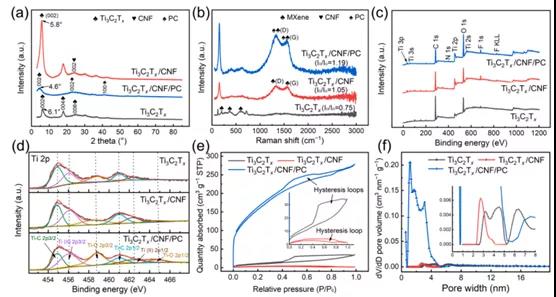
Figure 3. Physicochemical characterization of Ti3C2Tx/CNF/PC.
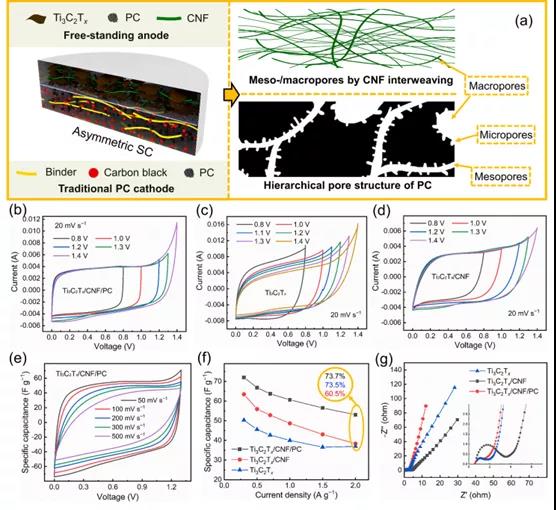
FIG. 4 capacitance performance of a symmetrical supercapacitor assembled from Ti3C2Tx/CNF/PC and corresponding materials.
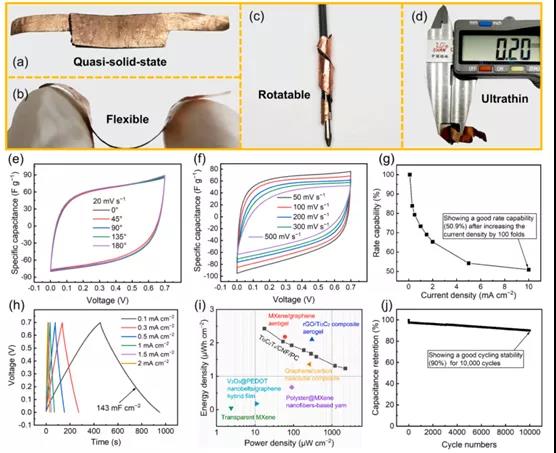
Figure 5. Capacitance performance of symmetrical quasi-solid supercapacitors with Ti3C2Tx/CNF/PC composite film and PVA/KOH gel electrolyte.

In this paper, the porous (574.5m2 G-1), conductive (93.1s cm-1) flexible Ti3C2Tx/CNF/PC composite membrane prepared by simple vacuum filtration has excellent electrochemical properties. Using flexible gel electrolyte and self-supporting composite film as electrode, the quasi-solid supercapacitor has an ultra-thin thickness of about 0.2mm and good flexibility. Thanks to PC hierarchical porous structure, good mechanical properties of CNF, excellent electrical conductivity of Ti3C2Tx and interface effects of PC, CNF and Ti3C2Tx, supercapacitors have high specific capacity and can generate high capacitance of 143 mF CM-2 at the current density of 0.1mA Cm-2. This high specific surface capacitance is higher than that of many MXene-based supercapacitors. In addition, the area energy density of the supercapacitor can be as high as 2.4 Wh cm-2 with a power density of 17.5 W cm-2. This work provides a new idea for the design of MXene - based composite membranes.
Literature link:
https://doi. org / 10.1016 / j.carol carroll ej. 2020.127524
Source: MXene Frontie
This information is from the Internet for academic exchange only. If there is any infringement, please contact us to delete it immediately

| Reminder: Beijing Beike New Material Technology Co., Ltd. supplies products only for scientific research, not for humans |
| All rights reserved © 2019 beijing beike new material Technology Co., Ltd 京ICP备16054715-2号 |